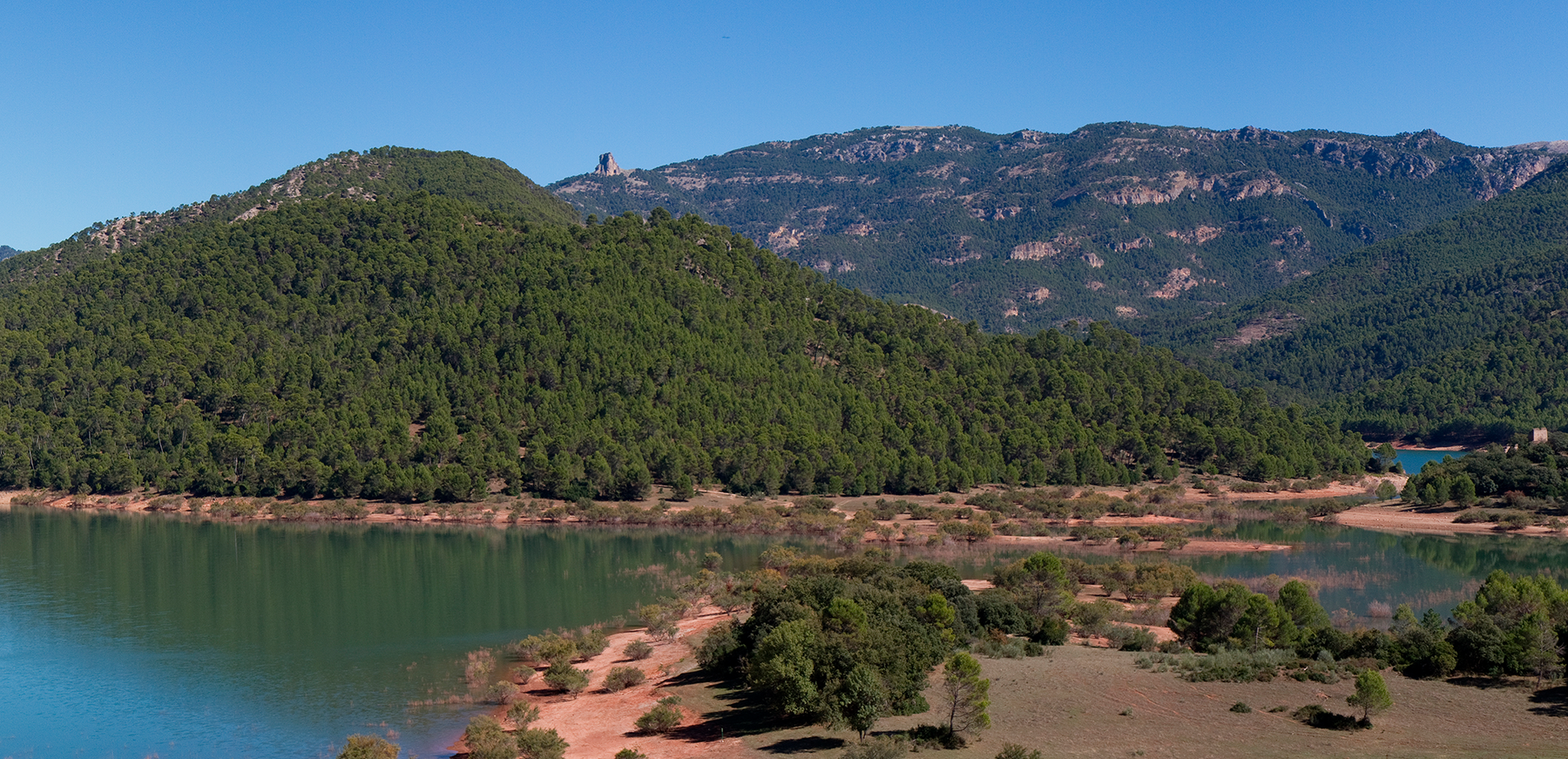
Mushrooms and Fungi
Mushrooms are an important part of the traditional cookbook of the regions of the park and, when autumn is favorable, there are not a few highlanders who earn a few wages selling the mushrooms they collect, whose best enclaves they keep with a jealous secret.
As in any other place, it is necessary to be very cautious and not collect for consumption more than those species that are known without any doubt because, although they are very few, some mushrooms in the park are toxic. There are species that can be deadly, such as Amanita pantherina and Galerita marginata
Mushrooms and Fungi
The list of edible fungi that can be found in the park is extremely extensive, so we can only highlight a few of the most abundant species such as the shaggy ink cap (Coprinus comatus), grey knight (Tricholoma terreum) and many types of field mushroom (Agaricus campestres, Agaricus arvensis, and the like).
It is not unusual to come across fairy rings, groups of fungi that grow in a circle, made up of edible varieties of funnel-cap mushrooms (Clitocybe costata and C. gibba).
Certain mushrooms of the genus Boletus, called bojines by park residents and which they believe to be inedible, are in fact perfectly safe to eat: examples include Boletus impolitus, B. lepidus, B. granulatus and Suillus granulatus.
Fungi – for which the mushroom is merely the visible part of the organism and carries the spores – are vital to the park's ecosystem. Their mycelium is a subterranean tangle of whitish filaments that wrap themselves around the smaller roots ...
The list of edible fungi that can be found in the park is extremely extensive, so we can only highlight a few of the most abundant species such as the shaggy ink cap (Coprinus comatus), grey knight (Tricholoma terreum) and many types of field mushroom (Agaricus campestres, Agaricus arvensis, and the like).
It is not unusual to come across fairy rings, groups of fungi that grow in a circle, made up of edible varieties of funnel-cap mushrooms (Clitocybe costata and C. gibba).
Certain mushrooms of the genus Boletus, called bojines by park residents and which they believe to be inedible, are in fact perfectly safe to eat: examples include Boletus impolitus, B. lepidus, B. granulatus and Suillus granulatus.
Fungi – for which the mushroom is merely the visible part of the organism and carries the spores – are vital to the park's ecosystem. Their mycelium is a subterranean tangle of whitish filaments that wrap themselves around the smaller roots ...
The list of edible fungi that can be found in the park is extremely extensive, so we can only highlight a few of the most abundant species such as the shaggy ink cap (Coprinus comatus), grey knight (Tricholoma terreum) and many types of field mushroom (Agaricus campestres, Agaricus arvensis, and the like).
It is not unusual to come across fairy rings, groups of fungi that grow in a circle, made up of edible varieties of funnel-cap mushrooms (Clitocybe costata and C. gibba).
Certain mushrooms of the genus Boletus, called bojines by park residents and which they believe to be inedible, are in fact perfectly safe to eat: examples include Boletus impolitus, B. lepidus, B. granulatus and Suillus granulatus.
Fungi – for which the mushroom is merely the visible part of the organism and carries the spores – are vital to the park's ecosystem. Their mycelium is a subterranean tangle of whitish filaments that wrap themselves around the smaller roots of trees and bushes, which adds to the capacity of the latter to absorb nutrients from the soil such as nitrogen, phosphorus and potassium.
There are also many fungi that grow on dead organic material and accelerate the decomposition process, recycling the dead material into nutrients for the surrounding plant life. For this reason, fungi – sometimes only of the most microscopic size - can be found in even the tiniest sections of forest floor. They are vital to ensuring the good health of the vegetation around them.
Those who gather mushrooms must do so in an environmentally responsible manner. The soil should not be disturbed any more than is necessary and rakes should never be used, as they destroy the subterranean mycelium and threaten both the surrounding plant life and future mushroom growth. Mushrooms should be picked by cutting them with a knife rather than pulling them up, and of course you should not cut any mushroom you do not plan to eat: all of them have a positive part to play in the ecosystem, even if they are an unknown species or are inedible.
You should also cut more mushrooms than you plan to eat and pick a suitable spot to leave a few, so that they can release their spores and reproduce in a new area – and so that you can return to that spot and pick fresh mushrooms! It is to everyone's benefit if you return home after a day's mushroom-picking with the satisfaction of having been both generous to nature and to other mushroom-pickers.
We recommend…
- The mycological importance of the park is explained at the Mycology Information Point at the El Sequero Visitors' Centre in Siles. This village is also the location for informative "mushroom days", which take place in autumn and are attended by aficionados from across Spain.



